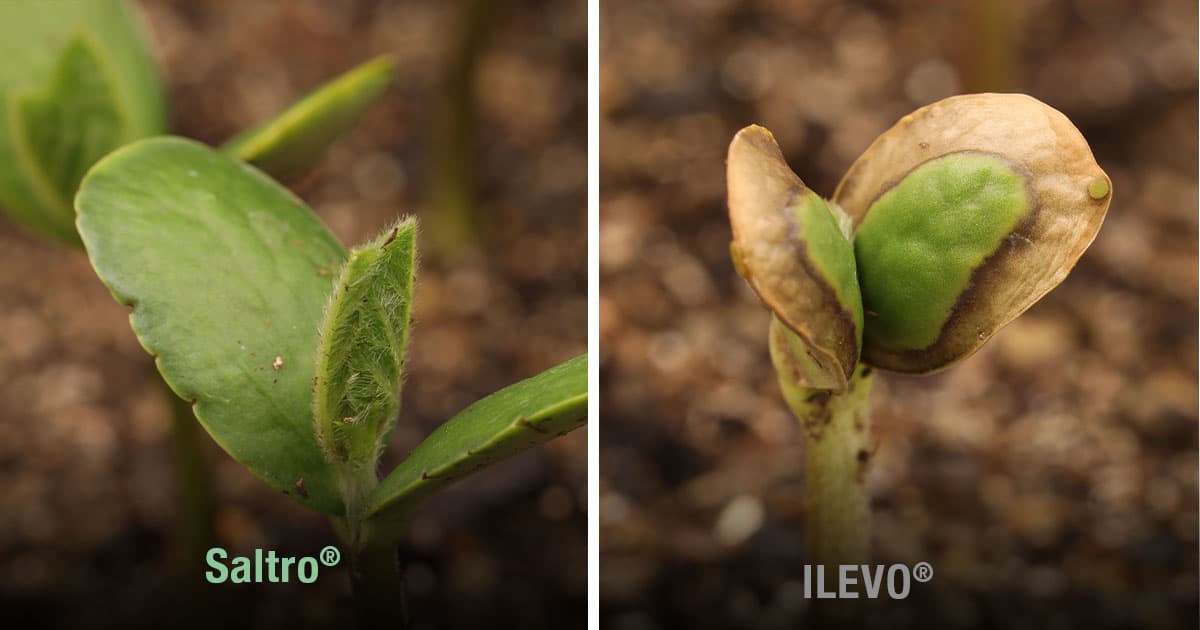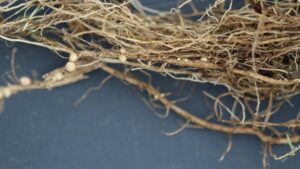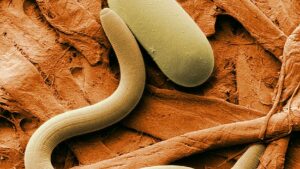A groundbreaking seed treatment helps increase yields by 3 bu/A without causing plant stress.
After soybeans are planted, you probably focus on what is happening above ground as the seedlings begin to emerge. But what is happening out of sight below the soil during these early growth stages is just as important, if not more.
The United Soybean Board says poor root health can be blamed for up to 80% of plant disorders. Among the most threatening disorders are sudden death syndrome (SDS) and soybean cyst nematode (SCN). Combined, they account for losses in the millions of dollars each year, and like other yield-robbing disorders, both begin their attack at the roots and require strong counter measures to negate their impact.
“SDS and SCN are large concerns for soybean growers,” said Dr. Dale Ireland, technical product lead for Syngenta Seedcare. “Severe SDS infection can cause up to 50% yield loss, and SCN has cost about $1.5 billion in U.S. yield loss.”
Choosing SDS- and SCN-resistant varieties is the first step in fighting these disorders. After that, soybean growers should evaluate if other factors may be adding stress, inhibiting proper root development and preventing soybeans from reaching maximum genetic yield potential.
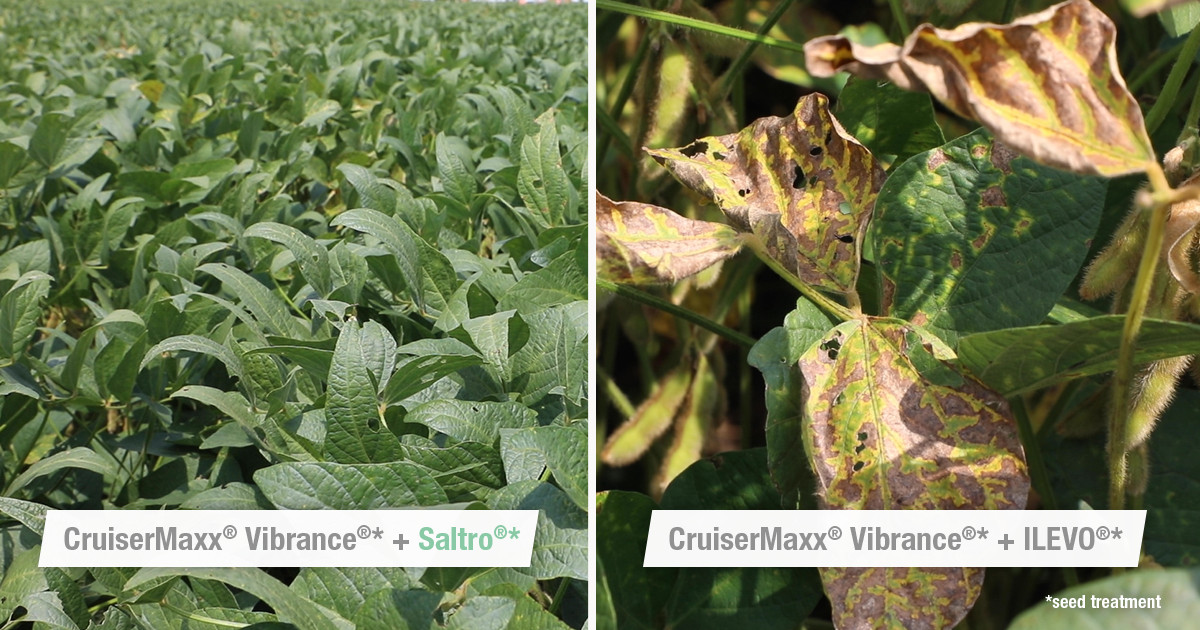
Hidden Stress Impacting Yield
Some seed treatments, including the current industry standard for SDS protection, can cause early-season stress, resulting in phytotoxic burns on the cotyledons, stunting and reduced root mass. While it may look like soybeans overcome stress side effects above ground, hidden consequences below the soil persist. Early-season root damage may not be reversed.
With ever-earlier planting and ever-more erratic weather, soybeans are under enough stress as it is, and the last thing growers want is to cause more stress with their SDS seed treatment choice. Now there is a solution that allows soybeans to get off to a strong start both above and below ground. Saltro fungicide seed treatment, the newest seed treatment from Syngenta, delivers superior SDS protection and robust activity against nematodes without the stress.
By protecting seedlings from SDS without adding stress, Saltro helps soybeans develop larger and healthier roots, better plant stands that canopy quicker and higher potential yield. Saltro is an upgrade in SDS protection that will change the way growers protect soybeans against SDS and nematodes to help them reach full genetic yield potential.
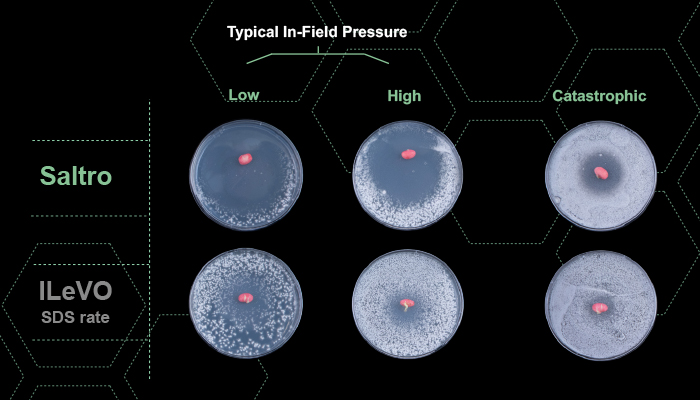
Better Protection, Higher Potential Yields
Saltro will be available for the 2020 growing season and contains Adepidyn fungicide, an extremely powerful SDHI mode of action, which outperforms older chemistries and provides higher potential yield.
“For the first time ever, growers will have a seed treatment option for protecting their soybeans against SDS and nematodes that doesn’t cause additional stress on the plant and enables soybeans to reach their full genetic potential,” said Ireland.
“With Saltro, we’ve seen a statistically significant yield increase of 3 bu/A over the current standard in heavy SDS environments. It’s definitely an upgrade for SDS protection.”
Saltro also delivers robust activity across a broad spectrum of nematode species, including soybean cyst nematode — the No. 1 yield-robbing pest in soybeans and a major contributor to SDS infection.
Beyond the SDS and nematode protection Saltro provides, growers can also look forward to their soybeans having better stands, healthier leaves and more robust early-season root mass development.
“Growers have come to expect that they have to give up early-season plant health in order to get SDS protection, but with Saltro, that’s no longer true. Saltro provides superior SDS protection without the stress, ensuring soybeans are not only getting a new standard of SDS protection, but also a strong start upon emergence,” said Paul Oklesh, product lead for Syngenta Seedcare.
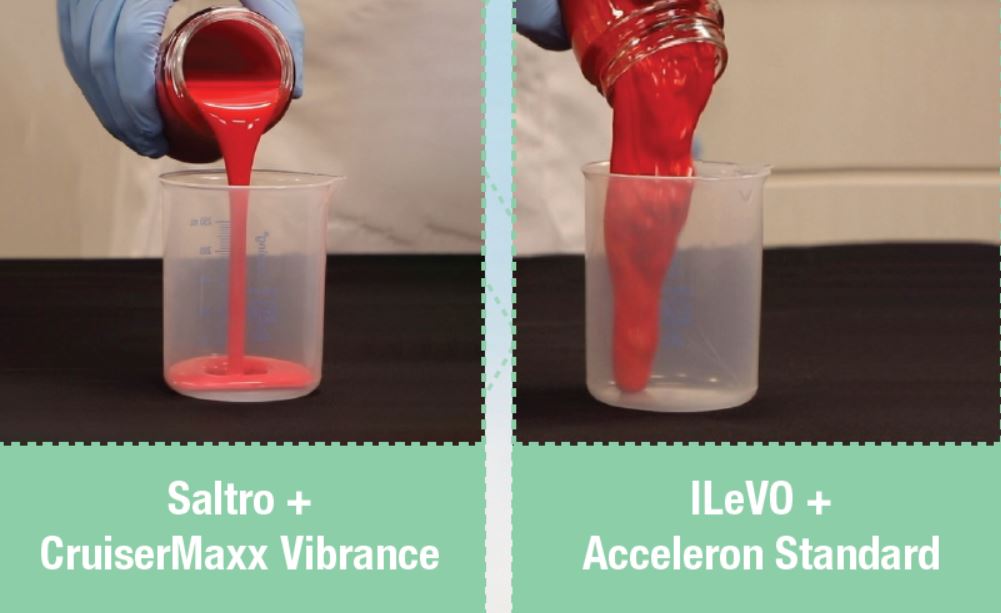
The Science Behind Saltro
Syngenta has been on the forefront of seed treatment research for four decades, and the latest offering, Saltro fungicide seed treatment, marks yet another breakthrough in the company’s long history of seed treatment innovation.
Superior SDS Protection
Formulated with Adepidyn fungicide, Saltro has more power to protect against sudden death syndrome (SDS) than older technologies, delivering SDS protection without the stress.
Salto has much higher intrinsic activity against Fusarium virguliforme, the cause of SDS, than the current market standard. When comparing the same concentrations of Saltro and older seed treatments, the diameter of the fungal mat shown in each petri dish demonstrates that Saltro exhibits higher intrinsic activity, or more power, against the pathogen.
Upgraded Handling and Application Characteristics
Thanks to extensive testing at The Seedcare Institute, Saltro is formulated to enable an easier treating experience, in addition to delivering SDS protection and robust nematode activity. With Saltro, treaters can expect less treater buildup, better storage stability and handling characteristics, improved wet seed flow, less dust-off and no sludge formation.
“Saltro is truly an upgrade across the board. With better SDS protection, strong nematode activity, better application and handling characteristics, it is a full package,” said Dr. Dale Ireland, technical product lead with Syngenta Seedcare.


